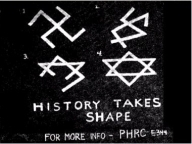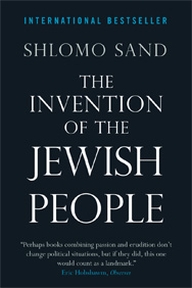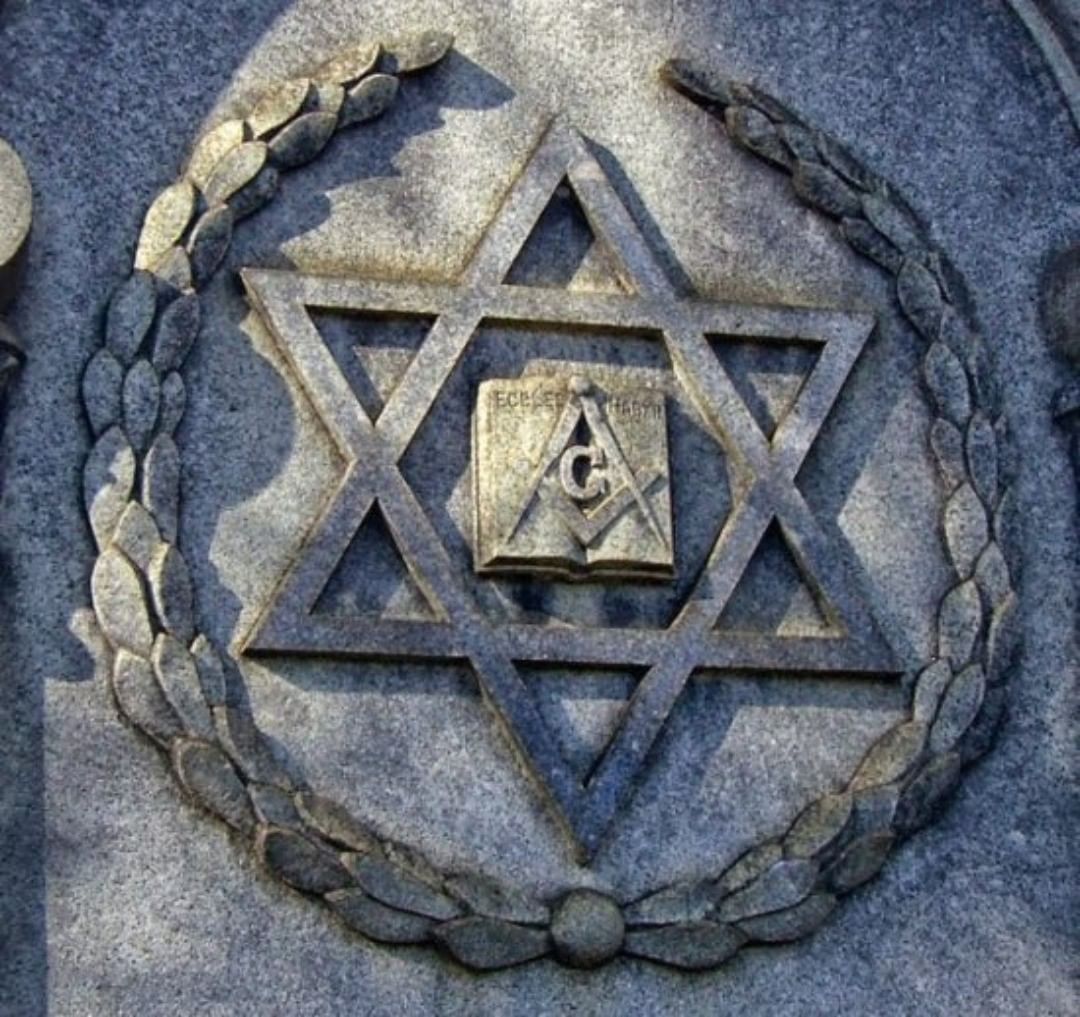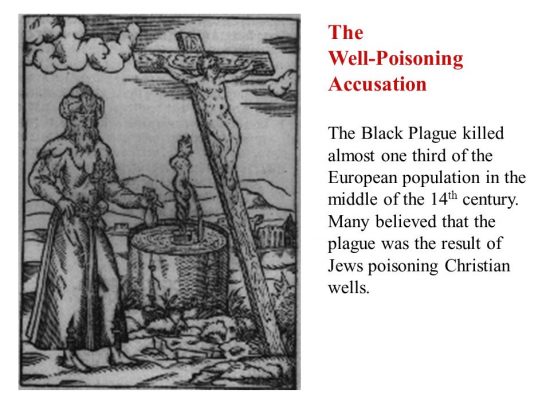Syrian government forces have retaken the city of Palmyra from Islamic State, a military source told RT. “Our troops have established full control of the town and are chasing the remainder of the retreating gangs of Islamic State terrorists,” the Syrian army’s command said in a statement, as quoted by TASS. An army source also told AFP that the army is in control of both the ancient site of Palmyra and the residential neighborhoods.
A commander of the Desert Falcons unit of the Syrian army told RT that the “military operation to retake Palmyra lasted three days,” adding that the “main difficulty was that there were a lot of mines along the roads.” “Today the Syrian Arab Army is clearing the mines,” he said. Noting the importance of Palmyra, journalist Neil Clark told RT that having control of the city is “incredibly important.”
“…It’s on the main highway, sort of equidistant between Damascus and Deir Ezzor...the Syrian army has [now] got a major boost in clearing IS out of a whole path of Syria, where [IS militants still are],” he said. IS fighters have reportedly retreated from Palmyra – located 215 kilometers (133.5 miles) from the Syrian capital Damascus – to the towns of Sukhnah, Raqqa, and Deir Ezzor. In a statement read on Syrian television, the military command said the recapture of Palmyra marks the beginning of the collapse of Islamic State (IS, formerly ISIS/ISIL). It said the success proves that the Syrian government and its allies are the only forces capable of defeating terrorism in the country.
The command went on to say that the army and its allies will continue their campaign against IS, Al-Nusra Front, and “other terrorist groups.” The Syrian government has described all armed factions fighting President Bashar Assad as terrorist groups. It was previously reported that Syrian Army forces had advanced into the city on Saturday, with support from Russian airstrikes. Television footage showed explosions taking place inside Palmyra, with smoke rising from buildings. Tanks and armored vehicles fired from the outskirts of the city.
The Russian Defense Ministry said that Russian warplanes carried out 158 airstrikes, hitting terrorist targets in and around the city. More than 100 extremists were killed in the bombardment, and several pieces of heavy equipment destroyed. “Russian Aerospace Forces have carried out 40 sorties in the Palmyra region,” a statement published on the Defense Ministry’s official website read, adding that “as a result…four tanks, three artillery pieces, four ammunition depots and five vehicles were destroyed.” The recapture of Palmyra marks the biggest reversal for IS since Russia’s intervention into Syria.
The Desert Falcons commander thanked Russia for the victory, noting that Moscow “helped our country and our army against Daesh (ISIS) and its supporters.” Clark noted that the success came less than six months after the Russian intervention in Syria, calling Moscow’s action a “game changer.” Former US ambassador to Russia Michael McFaul tweeted “thank you” in Russian following a report of the Syrian government’s successful recapture of Palmyra.
The ancient city, seized by IS in May 2015, is a UNESCO World Heritage Site. It is home to dozens of remarkable monuments of antiquity, and a number of historical sites that have been destroyed by IS jihadists since they captured the city, among which were the 2,000-year-old Temple of Bel and the Arch of Triumph. On Saturday, the Syrian government’s head of antiquities, Mamoun Abdelkarim, said the authorities would try to restore the historic sites.
“We will rebuild them with the stones that remain, and with the remaining columns,” Abdelkarim told Reuters, adding that his team would “bring life back to Palmyra.” International lawyer and author of ‘Syria’s Endangered Heritage,’ Franklin Lamb, told RT that he is optimistic that Palmyra’s historic sites can be largely restored. “I predict that between 90 and 95 percent of all the damage that IS has done to Palmyra can be restored” with technology, he said.
“Sure, there’s going to be piles of rubble and you can’t restore every stone the way it was…but you can restore it and that’s the primary goal…so I’m very optimistic that restoration can be made.”
Source Article from http://www.sott.net/article/315305-Syrian-Army-recaptures-Palmyra-Marks-the-beginning-of-the-collapse-of-Islamic-State
 RSS Feed
RSS Feed















 March 27th, 2016
March 27th, 2016  Awake Goy
Awake Goy 

 Posted in
Posted in  Tags:
Tags: 













